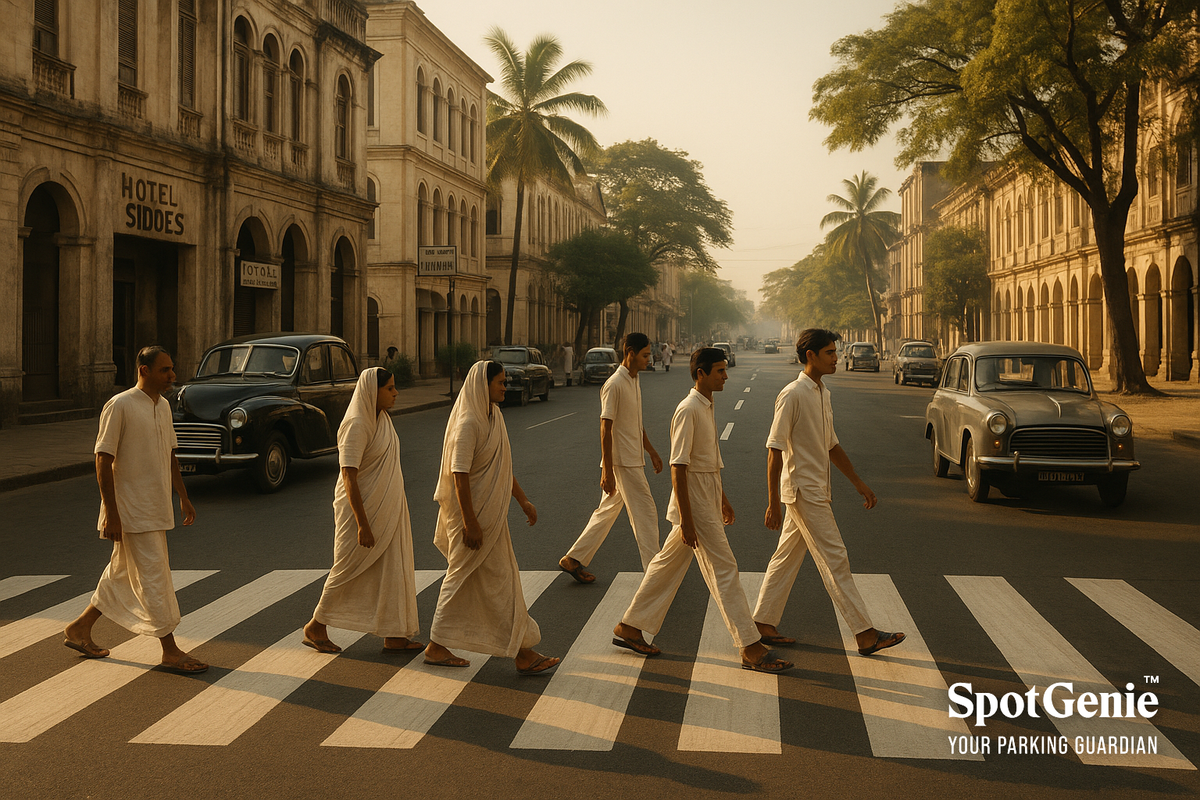Why Are Zebra Crossings Called That, and Which Indian City Had the First One?
Discover why zebra crossings are called that, and learn which Indian city introduced them first. An iconic yet overlooked piece of traffic trivia.

Presented by SpotGenie
🚸 A Stripe of History: The Birth of the “Zebra Crossing”
Zebra crossings - those iconic black-and-white road stripes - are a common sight across Indian cities. But have you ever stopped to ask: Why are they called zebra crossings? And which Indian city painted them first?
Let’s walk through this fascinating crosswalk of history.
🐾 Origin of the Name “Zebra Crossing”
The term “zebra crossing” was first coined in the United Kingdom in 1949, due to its alternating black and white stripes, which resemble the coat of a zebra. The idea was simple: create a highly visible pedestrian zone that vehicles must respect.
The first experimental crossing was installed in Slough, England, in 1951, and soon spread globally.
🇮🇳 India’s First Zebra Crossing: A Mumbai Milestone
In early 1960s, Mumbai (then Bombay) became the first Indian city to adopt zebra crossings. As British-era urban designs evolved, municipal corporations began to replicate road safety features from the UK.
The first markings appeared near Churchgate and CST (VT) railway stations, where pedestrian footfall was overwhelming. They were initially hand-painted using white lime paint on asphalt, without standardized spacing.
🚶♂️ Zebra Crossings: Respected or Neglected?
- In law: Vehicles are mandated to stop at zebra crossings when a pedestrian is on or approaching them.
- In reality: In many Indian cities, zebra crossings are often faded, ignored, or poorly placed.
- Some regions like Bangalore and Delhi have launched smart zebra crossings with blinking LED strips or raised platforms to compel compliance.
📚 Did You Know?
- According to Motor Vehicles Act (Section 112 & 132), not yielding to a pedestrian at a zebra crossing can result in a challan or fine.
- Raised zebra crossings double as speed breakers in many cities like Pune and Ahmedabad - a desi innovation!
🔖 SpotGenie Summary
Zebra crossings may seem ordinary, but their journey from British road safety to Mumbai’s 1960s footpaths shows how traffic culture evolved in India. While the stripes may fade, the intent remains - pedestrian safety first.
Follow us on:
🅾 Instagram |
ⓕ Facebook |
𝕏 X |
▶️ YouTube |
🟢 WhatsApp



